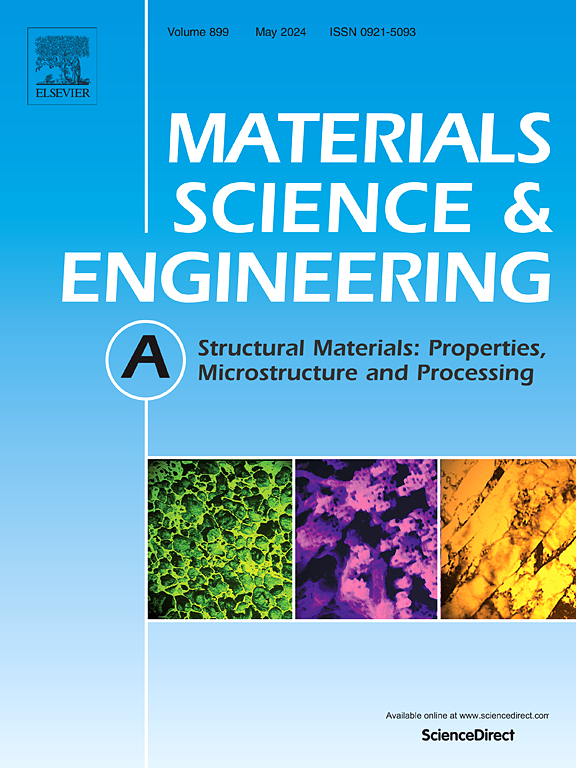Impact toughness at room and cryogenic temperatures of 316L stainless steel processed by wire arc additive manufacturing
IF 6.1
2区 材料科学
Q1 MATERIALS SCIENCE, MULTIDISCIPLINARY
引用次数: 0
Abstract
In this study, the impact toughness behavior of wire-arc additively manufactured 316L stainless steel (WAAM 316L) was characterized at room temperature and at −193 °C. Microstructure – toughness relationships were determined, as well as the influence of recrystallization on microstructural evolution and impact properties. At the stress-relived state, WAAM 316L exhibited a ductile fracture and an impact toughness of 139 ± 10 J/cm2 at room temperature, whereas a partially brittle fracture was obtained at −193 °C leading to a low impact toughness of 28 ± 10 J/cm2. Recrystallization and homogenization heat treatment induced a significant increase in impact toughness both at room temperature (+60 %) and at −193 °C (+475 %). As in other additively manufactured 316L, oxide particles appeared to be the microstructural feature controlling ductile fracture of WAAM 316L and the cause of its low impact toughness compared to conventionally processed 316L. Brittle fracture observed at −193 °C occurred by cleavage of the δ-ferrite domains. A comparison of the results obtained with WAAM 316L with those reported by the literature for LPBF 316L allowed to identify the localization of oxide particles as a key factor in determining the relevance of recrystallization heat treatments, regarding the fracture behavior.
求助全文
约1分钟内获得全文
求助全文
来源期刊

Materials Science and Engineering: A
工程技术-材料科学:综合
CiteScore
11.50
自引率
15.60%
发文量
1811
审稿时长
31 days
期刊介绍:
Materials Science and Engineering A provides an international medium for the publication of theoretical and experimental studies related to the load-bearing capacity of materials as influenced by their basic properties, processing history, microstructure and operating environment. Appropriate submissions to Materials Science and Engineering A should include scientific and/or engineering factors which affect the microstructure - strength relationships of materials and report the changes to mechanical behavior.
 求助内容:
求助内容: 应助结果提醒方式:
应助结果提醒方式:


